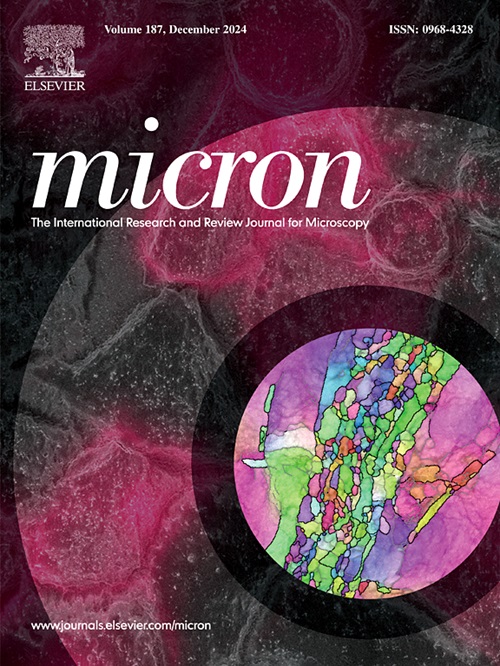Microscopic investigation of pollen attachment on different fabric types: Implications for forensic and allergy research
IF 2.2
3区 工程技术
Q1 MICROSCOPY
引用次数: 0
Abstract
Pollen grains, in addition to their allergenic properties, play an important role in the temporal and spatial analysis of forensic events and are considered secondary trace evidence. Pollen analysis requires expertise in microscopy techniques and palynology. This study aims to determine the persistence of pollen on common used fabric types and how much of it can be removed through washing. The structural properties of the tested pollen grains and fabrics were analyzed using light microscopy (LM) and scanning electron microscopy (SEM). Additionally, the study aims to provide data to help individuals sensitive to allergenic pollens in selecting suitable fabrics. Pollen grains from Ambrosia artemisiifolia, Chenopodium album, Corylus avellana, Parietaria officinalis, and Platanus × acerifolia, which had not been tested in previous studies, were examined on five different fabric types commonly used in the textile industry: denim, artificial leather, lacoste cotton fabric, linen, and printed cotton fabric. It was determined that pollen adhesion capacity and persistence varied based on the fabric's structure and first wash was the most effective for removing pollen from fabrics. Removal of pollen grains through washing from linen, printed cotton fabric, and lacoste cotton fabric were found to be easier from denim and artificial leather. The study revealed that pollen could still be detected on fabrics even after six washes. This finding highlights the potential use of pollen grains as valuable trace evidence in forensic cases.
花粉附着在不同织物上的显微研究:对法医和过敏研究的启示。
花粉粒除了具有致敏性外,还在法医事件的时空分析中发挥着重要作用,被认为是次要痕量证据。花粉分析需要显微镜技术和孢粉学方面的专业知识。这项研究旨在确定花粉在常用织物上的持久性,以及通过洗涤可以去除多少花粉。利用光镜和扫描电镜对花粉粒和织物的结构特性进行了分析。此外,该研究旨在提供数据,以帮助对致敏花粉敏感的个体选择合适的织物。本文对以往未被研究过的蒿、藜、凤尾花、顶叶草和桔梗的花粉粒在纺织工业常用的5种织物上进行了检测:牛仔布、人造革、麂皮棉、亚麻和印花棉。结果表明,花粉粘附能力和持久性因织物结构的不同而不同,第一次洗涤对织物花粉的去除效果最好。亚麻、印花棉织物和鳄鱼棉织物的花粉粒通过洗涤去除比较容易从牛仔布和人造革中去除。研究表明,即使洗了六次,织物上仍然可以检测到花粉。这一发现突出了花粉粒在法医案件中作为有价值的微量证据的潜在用途。
本文章由计算机程序翻译,如有差异,请以英文原文为准。
求助全文
约1分钟内获得全文
求助全文
来源期刊

Micron
工程技术-显微镜技术
CiteScore
4.30
自引率
4.20%
发文量
100
审稿时长
31 days
期刊介绍:
Micron is an interdisciplinary forum for all work that involves new applications of microscopy or where advanced microscopy plays a central role. The journal will publish on the design, methods, application, practice or theory of microscopy and microanalysis, including reports on optical, electron-beam, X-ray microtomography, and scanning-probe systems. It also aims at the regular publication of review papers, short communications, as well as thematic issues on contemporary developments in microscopy and microanalysis. The journal embraces original research in which microscopy has contributed significantly to knowledge in biology, life science, nanoscience and nanotechnology, materials science and engineering.
 求助内容:
求助内容: 应助结果提醒方式:
应助结果提醒方式:


